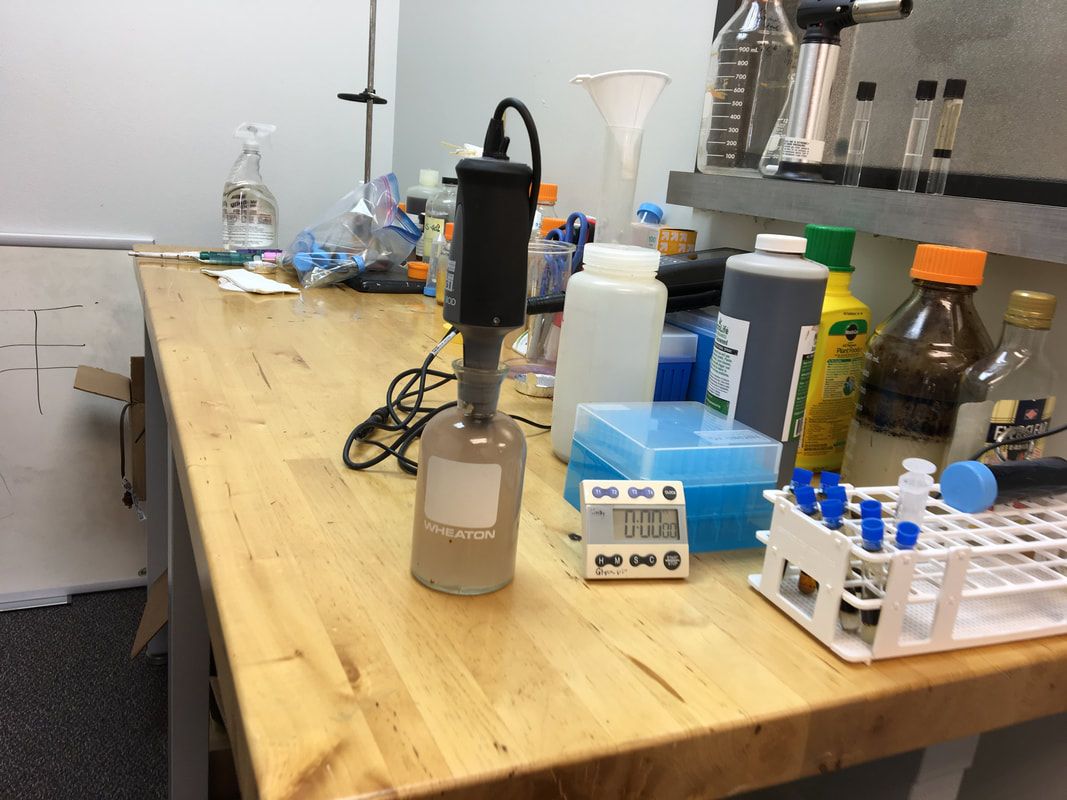Theoretical Background
- Aerobic Bacteria (microbes) use oxygen when growing
- More "food" = faster growth and higher OUR
- Mature or older biomass = slower growth and lower OUR
- More biological solids mean more endogenous respiration, so we introduce SOUR to account for different MLSS or MLVSS concentrations
Important for activated sludge – divide OUR by MLVSS in g – to adjust for background respiration by solids. Note if you use MLSS instead of MLVSS as solids. MLSS > MLVSS. Whatever you use just be consistent!
Normal OUR
While there are "rules of thumb" for OUR, that does not replace routine testing of your specific system. Operations and sample points will make a difference in OUR. The test takes less than 10 minutes so take a few minutes and run the test as frequently as feasible.
Interpretation of Results
Remember we are using respiration rates to estimate where we are on the growth curve – works with microscopic exam, SV30/SVI, and other tests
Low OUR (< baseline average)
- Lower F/M (less BOD) or “older” biomass
- For industrial – can also indicate toxic shock where you actually killed viable microbes and have yet to enter log growth.
- Low OUR can indicate moving into endogenous phase of the growth curve
- Increased soluble BOD5 - microbes are growing faster which is also higher F/M and "young" biomass
- Very high OUR can indicate log phase of the growth curve


 RSS Feed
RSS Feed